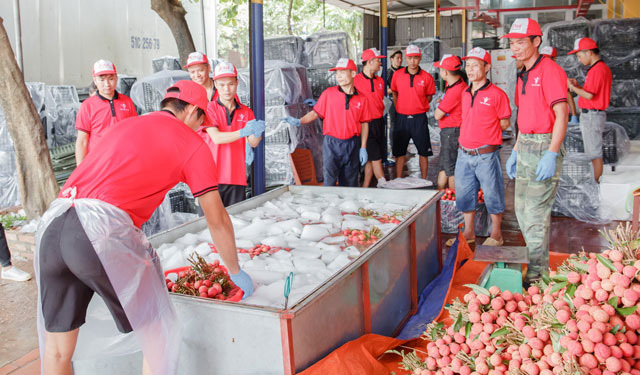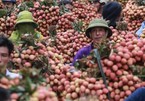Coffee bean shells
Holding a box of Cascara Blue Son La tea with elegant design, Phan Minh Thong, general director of the HCM City-based Phuc Sinh JSC, said the product is being sold to a European partner at $99 per kilogram and will be retailed at tea and coffee chains.

Cascara Blue Son La tea is also sold in the domestic market at VND150,000 per 100 grams and has won Vietnamese consumers’ hearts.
Thong revealed that Cascara is made of coffee bean shells. One day, he saw this kind of tea in the US which was sold at a very high price and decided to make the product with the materials from his company. After one year of research and development, his company created Cascara.
The first consignment of Cascara was sold last April, when the pandemic reached its peak.
| Fewer orders have been placed during the COVID-19 crisis, so Vietnam’s exporters have had to become more creative, introducing new products to choosy markets to boost sales. |
According to Thong, the material used to make Cascara must be Arabica coffee grown on land 1,000 meters above water sea level. Farmers have to pick every coffee bean instead of plucking entire branches.
In the first year of production, Phuc Sinh produced 500 kilograms of Cascara, including 200 kilograms for export and 300 kilograms for the domestic market. The maxium production capacity is 2 tons a year, because the material growing area in Son La is limited.
“The small production volume is one of the factors that create the value of the product,” he said.
In Vietnam, Phuc Sinh JSC is well known as the No 1 pepper exporter and is among the top 10 coffee exporters. Thong is often called the ‘Pepper King’.
After a long period of exporting materials, the company began exporting processed products in 2016.
“We refuse outsourcing orders to focus on making products bearing the Phuc Sinh brand for domestic sale and export as well,” Thong said.
Litchis stay fresh for month
Vietnam’s fresh litchis were first exported to the US in 2015. However, the exports remained very modest until 2019. Even Vina T&T Group exported only one ton of litchis to the market.
A representative of the company said litchis need to be carried to the US by air, because the fruit is fresh for 7-10 days only. Because of the high transportation cost, the selling price was not competitive.
However, the company now can preserve litchis for 45 days with a new technology. Therefore, it will ship litchis to the US by sea with a freight cost just 1/36 of the air transportation cost.
Mai Lan

China remains major market for Vietnam’s farm produce
The first consignments of litchis grown in Hai Duong province shipped to Singapore hit the newspapers.

Vietnam eyes place in world’s top 10 farm produce processing hubs
The agriculture ministry has devised measures to turn Vietnam into one of the world’s most 15 developed countries in terms of agriculture by 2030, and among the top 10 farm produce processing hubs.